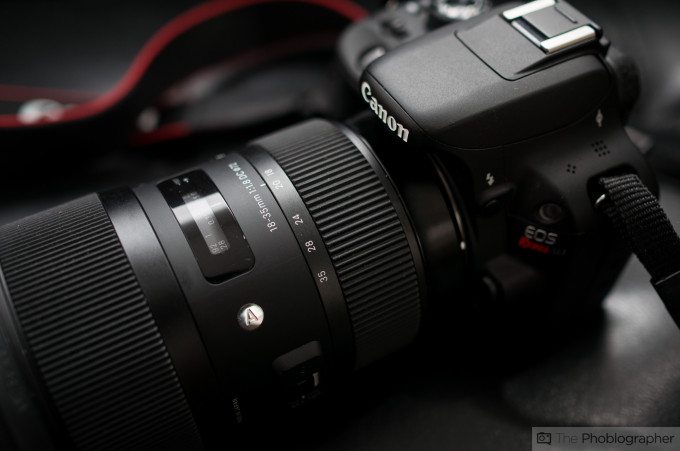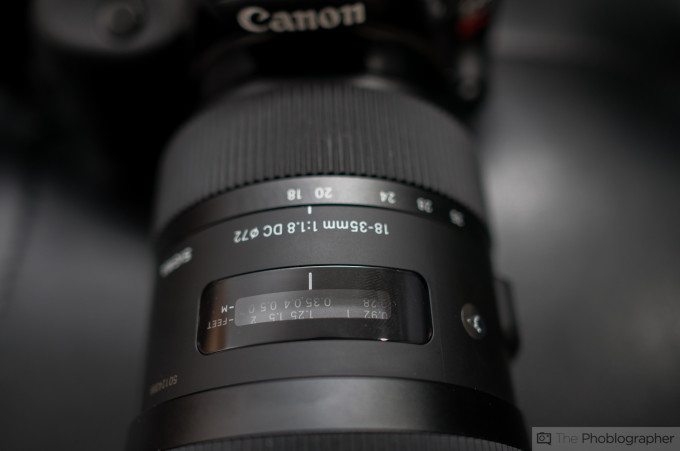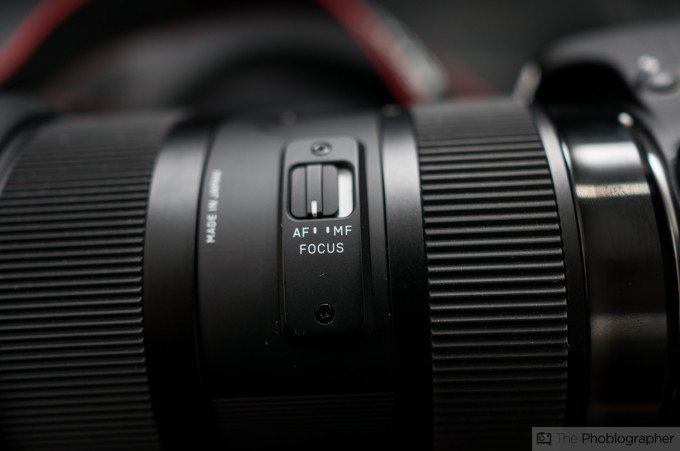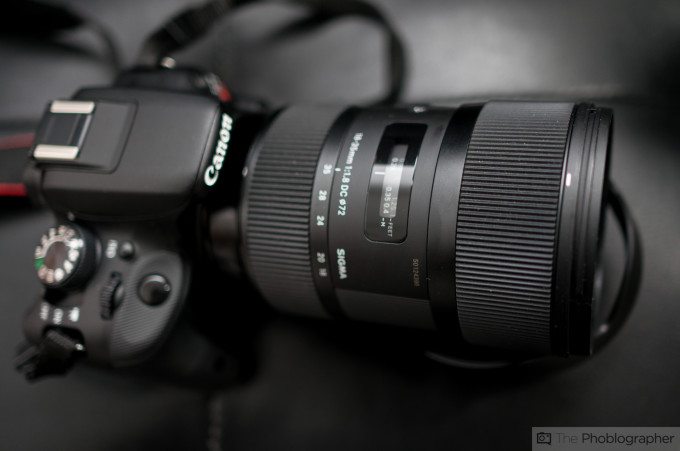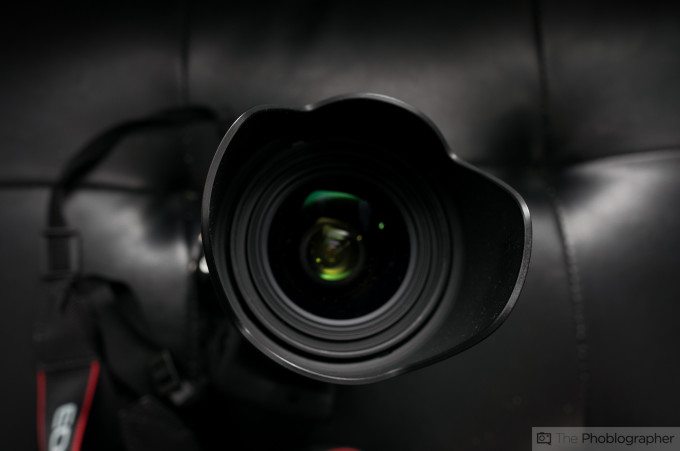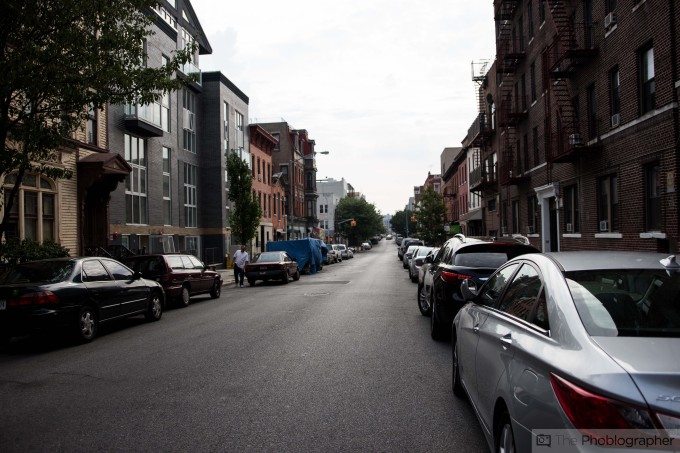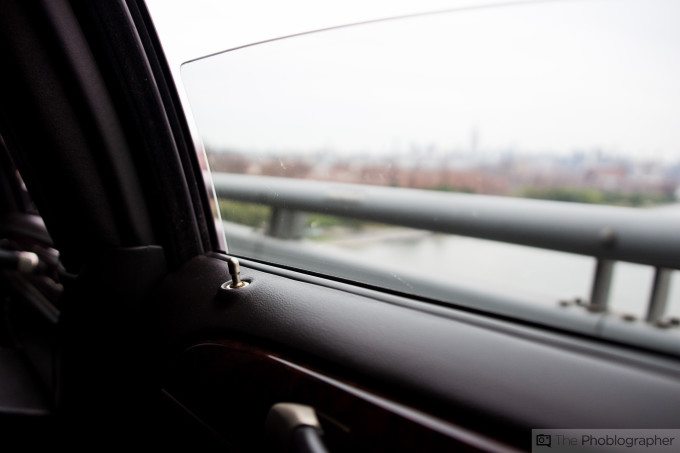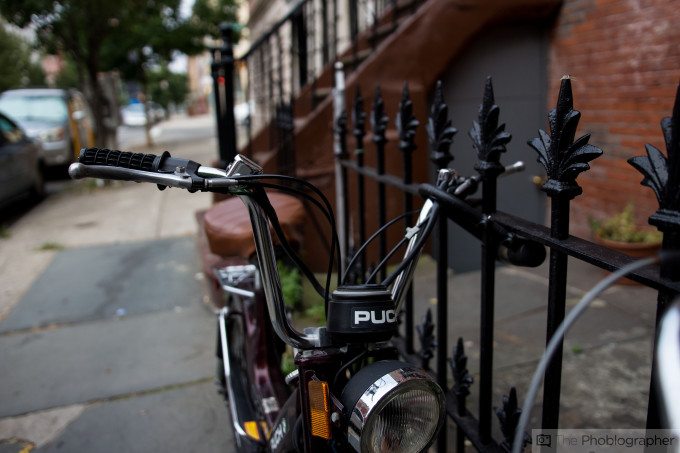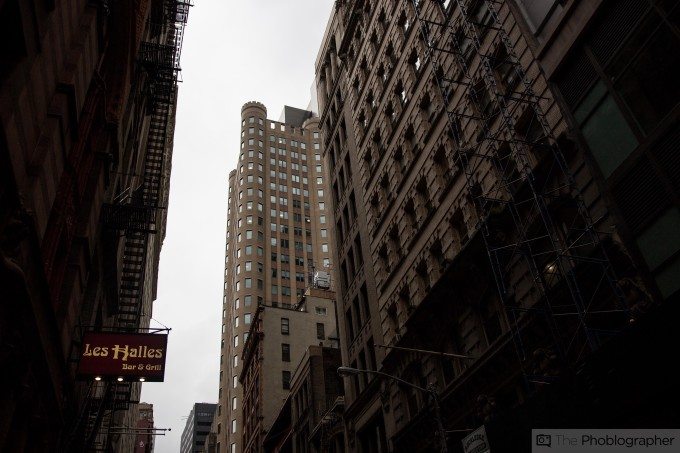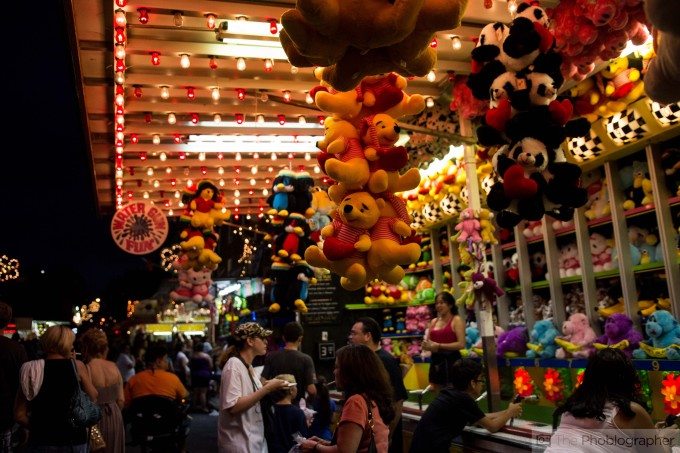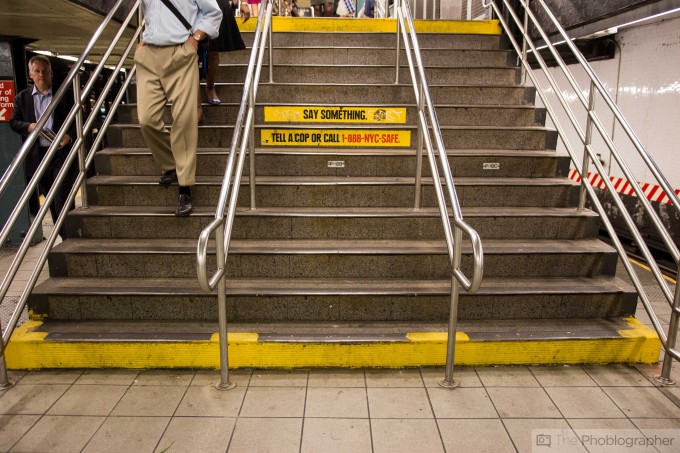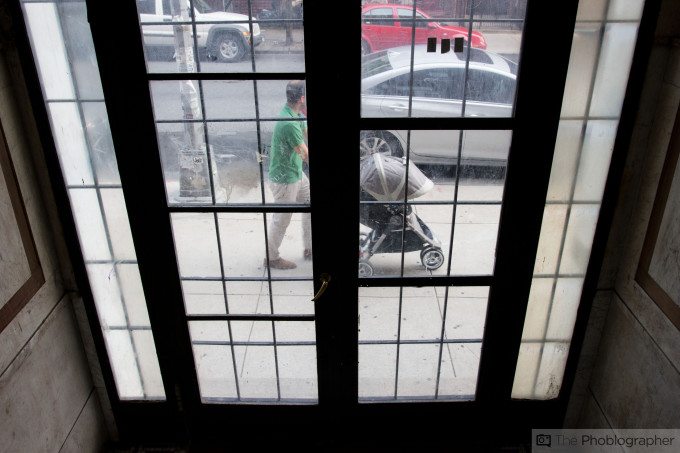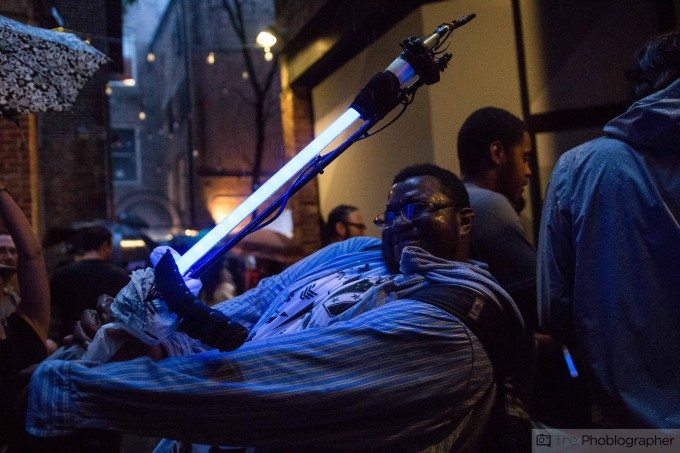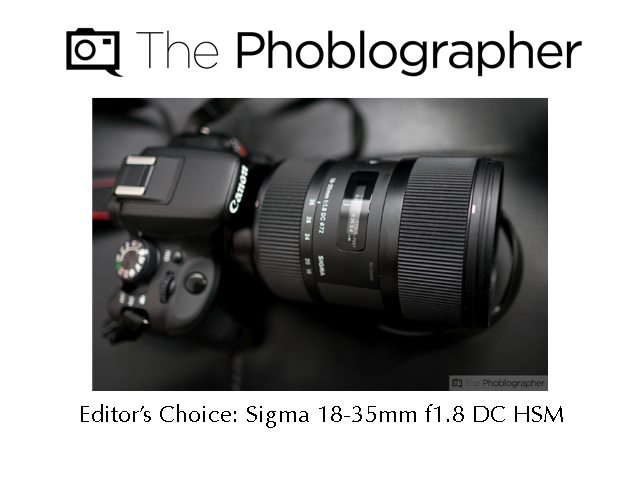Sigma’s latest 18-35mm f1.8 lens is the first zoom lens to their Art Collection: which is comprised of lenses typically associated with a very fast aperture. But when Sigma announced their brand new 18-35mm f1.8 DC HSM lens for APS-C sensor DSLR cameras, we were shocked. Previously, we had only seen f2 zooms being the fastest, but now there is a f1.8 zoom. Though the lens paid us a short visit (we only had it for five days) we fell in love with it.
And more importantly, we fell in love with its image quality.
Pros and Cons
Pros
– Damned good build quality
– Super sharp wide open
– The fact that you’ve got wide to normal focal length range at a constant f1.8 blows our minds
– Fast to focus
– Perhaps the absolute best concert photography lens that anyone can get their hands on
Cons
– APS-C only; but that isn’t really a con. Sure, everyone wants a full frame version.
– Positively nothing else.
Gear Used
For this review, we tested the Sigma 18-35mm f1.8 DC HSM with the Canon Rebel SL1. We chose this camera because of the fact that it currently has the latest sensor currently available during the time of this review. Ergonomically speaking, however, we would fully recommend that this lens be mated to your Canon 7D instead. If you’re not a Canon user, spring for the Nikon D7100, Pentax K5 II, or Sony A77.
Tech Specs
Specs taken from the B&H Photo listing of the product.
| Features | |
|---|---|
| Image Stabilization | No |
| Autofocus | Yes |
| Physical | |
|---|---|
| Filter Thread | Front: 72 mm |
| Dimensions (DxL) | Approx. 3.07 x 4.76″ (78 x 121 mm) |
| Weight | 1.78 lb (811 g) |
Ergonomics
Sigma’s new 18-35mm f1.8 adheres to Sigma’s new Art lens philosophy in many ways–and one of those is in the looks. Looking for a hella classy lens? Well, this is the one you’ll want to fall in love with over and over again. We’ve said it before, and we’ll say it again: Sigma is the woman that was the awkward girl when she was younger who blossomed into a fox–and that gets you hot and bothered at night.
But this lens isn’t really just about what’s on the outside–more on that soon. Let’s oogle over its good looks at the moment though.
The lens is primarily characterized by the zoom ring on the back–which is where you’ll spend lots of time zooming in or out on your subject or using it as a compositional tool. And ahead of this is a distance scale for focusing.
On the side of the lens is the AF/MF focusing switch. When you hand-hold the lens, you’ll know that it’s there for sure–it isn’t subtle to the feel, but it sure is to the looks.
Near the front of the lens is the focusing ring. In all honestly, you’ll be using this more just for ergonomic support than anything. If you’re shooting stills, don’t even bother with it. But if you’re going to shoot video, know that this ring will be your best friend.
And then there is the front of the lens. A massive front element takes the lead here–but it won’t extend outward. This lens focuses and zooms all internally.
Pretty sweet, huh?
Build Quality
Absolutely nothing about this lens feels cheap. It all feels very solid to the touch and even when in use. Though the lens isn’t weather sealed, we took it out during the rain–but I carried an umbrella. Even my messenger bag was soaked. The lens, however, continued to function and perform flawlessly.
With that said though, we wouldn’t encourage that you go capture the next great hurricane with this lens.
Autofocusing
Super fast and super accurate are just some of the words that we’re going to use to define the focusing on the new Sigma 18-35mm f1.8. Take note that we tested this on the Canon Rebel SL1: so it might perform even better on a camera with more advanced focusing. Indeed, the notion that a third party lens will autofocus slowly on a camera body is totally gone.
When it came to really low lit situations, the lens still excelled–though we have to admit that we manually selected the focusing points.
For this reason, we need to recommend this lens as THE SINGLE BEST CONCERT LENS FOR APS-C DSLRS. Anyone that tells you that you need full frame at this point isn’t necessarily wrong, but they’re not necessarily correct either. Sigma has given you a killer optic to use.
Ease of Use
Point, shoot, and enjoy: once again that is really all that there is to a lens like this. Besides the manual focus switch, also keep in mind the distance scale. The latter will be really useful for video shooting–it sure was for us.
Image Quality
Initial reports on this lens stated that it was soft wide open and had fringing problems as well as others. We were scheduled to be one of the first to receive this lens in for review when our Sigma reps stated, “Japan noted that all the copies weren’t calibrated correctly. So they recalled them back. You’re up next on the list.”
So with all that said, our copy was calibrated properly before we even took it out of the box.
So how is this lens? Well, it isn’t soft. Our copy was sharp, contrasty, and even had a sprinkle of micro-contrast. However, it isn’t as much micro-contrast as Zeiss puts into their lenses.
Everything about this lens seems totally in line with the performance of Sigma’s latest lenses. They have a characteristic color pattern to them, and also need the same minor adjustments in Adobe Lightroom.
Sharpness

One of the first things that I did when I got this lens in was take a photo and then chimped the LCD screen to ensure that my copy was sharp. Indeed, it was and still is. We’ve got no complaints about the sharpness of this lens at all–and we only want to start great things. Wide open it is pretty damned sharp and only gets sharper down to f3.5-4 where it stabilizes and we didn’t see much of a difference in the performance. Beyond this, you start to see some diffraction.
What adds to the sharpness is the lens’s micro-contrast–which makes subjects that are in focus pop even more.
Color Rendition
This lens has a very lifelike color rendition to it. With that said, don’t expect over saturation at all–but if you’re into that then you’ll need to do it in post-production.
Bokeh
See that gorgeous bokeh? It’s pretty, huh?
Indeed, this lens has some really, really nice bokeh and that is only added to with its fast f1.8 aperture throughout the zoom range. As is typical with Sigma’s bokeh, it isn’t distracting–but instead it is super creamy. The reason for this is the 9 aperture blades.
So in real life use, this will mean that your portraits will have a sharp subject and a blurry haze in the background.

Color Fringing
Any color fringing that we saw with this lens must have been caused by our editing–where we cranked up the contrast a bit too much. Otherwise, we didn’t see any.
Extra Image Samples
Video Quality
We shot our preview of the Nokia Lumia 1020 with this lens and the Rebel SL1. It’s not too shabby at all. We see it being best with Sony’s system though due to the EVF for extra stability and focus peaking.
Conclusions
We’ve got absolutely nothing but respect and love for the Sigma 18-35mm f1.8 DC HSM. If you’re an APS-C DSLR user, this should be the lens that is a high priority item on your list to get. It’s sharp, contrasty, has beautiful color that is true to life, focuses quickly, and stays compact due to its internal zooming and focusing design.
So who specifically in the APS-C crowd should get this?
– Event photographers: if you haven’t sprung for a full frame DSLR yet, this lens is totally worth it.
– Concert photographers: you’ve got a serious f1.8 constant aperture zoom. Sometimes, f2.8 (which is characteristic of many other zooms) is too slow for concerts. That is one of the reason why I always go for primes personally.
– Pet photographers: If you haven’t decided to go for a full frame body, this lens will more than satisfy you.
With all this said, we’re awarding the Sigma 18-35mm f1.8 DC HSM our Editor’s Choice award for best DSLR zoom lens.
You can purchase this lens from B&H Photo, Amazon or Adorama.
Recommended Cameras and Accessories
Canon 7D: The 7D is perhaps the camera that will be best balanced with this lens. Combined with the 7D’s advanced focusing algorithms and pinpoint accuracy, you’ll never even realize that you’re using an APS-C DSLR.
Canon 70D: The 70D has pretty much the same focusing as the 7D. And if you don’t want something as expensive as the 7D, then this is the next best choice.
Nikon D7100: Nikon D7100 won our Editor’s Choice award for the best APS-C DSLR. This lens will only make it better.
Sony A77: Sony’s A77 is an autofocusing speed demon–and when using this lens you really couldn’t have a better combination.
Please Support The Phoblographer
We love to bring you guys the latest and greatest news and gear related stuff. However, we can’t keep doing that unless we have your continued support. If you would like to purchase any of the items mentioned, please do so by clicking our links first and then purchasing the items as we then get a small portion of the sale to help run the website.




